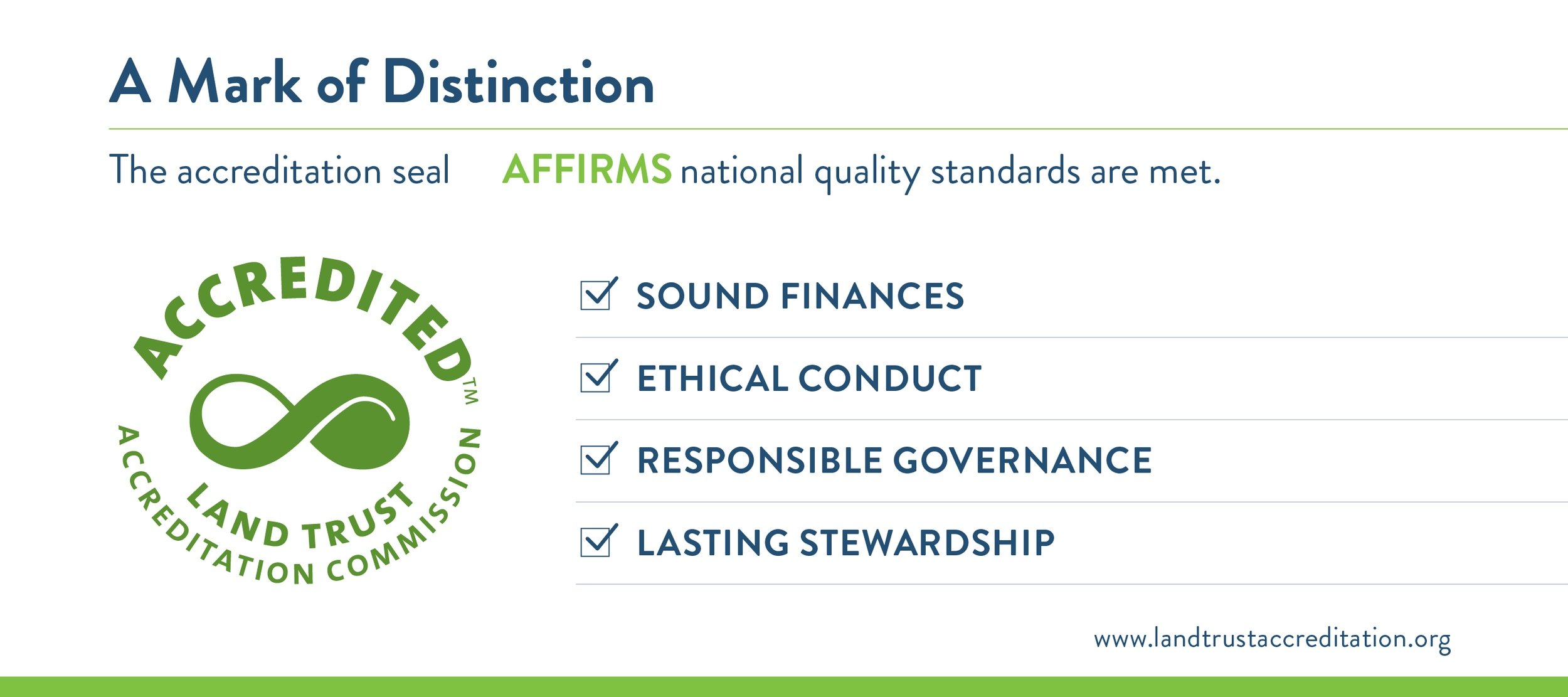During our Volunteer Day this month, our volunteers put in a sweaty July morning removing invasives from the Vaughn Branch Nature Preserve. Regular stewardship of this Woods and Waters Land Trust-owned property and other conservation areas is important to the health of the area’s forest and streams. By keeping problematic invasive plants at bay, we help ensure that there is plenty of room for native species to flourish. One invasive plant that we focused on removing this month was Japanese chaff flower (Achyranthes japonica (Miq.) Nakai).
Photo courtesy Heather Housman
Japanese chaff flower is found natively in eastern and southeastern Asia and is fairly simple to identify: It has ovate-elliptic leaves that are opposite and simple, with margins that are entire and slightly wavy. The veins curve at the end as they reach the tapered leaf apex. The small flowers with no petals grow in clusters at the end of erect spikes situated on the end of somewhat wiry stems and the plant’s upper branches. The fruit is slender and dry with a single hard seed. Japanese chaff flower grows in late spring and peaks in mid-summer. The dead thatch remains in winter, meaning the plant can be recognized in all seasons. You’ll find it in areas of partial shade and moist soil—environments typical to flood plains.
The invasive plant was first spotted in the U.S. in the 1980s along the banks of the Tug Fork of the Big Sandy River in Martin County, Kentucky. The plant spread 350 river miles in less than 15 years after its first spotting, likely by flood waters, animal movement and humans. Today it is mainly found along the Big Sandy and Ohio Rivers, though as WWLT has discovered through our land management work, it is creeping into other areas.
Photo courtesy Heather Housman
Management of Japanese chaff flower is tricky due to it’s developed root system. Biologists have observed that deer love to browse the plant, but it resprouts. Likewise, digging isn’t a very effective means of removal, though when well-timed can help prevent the spread of seeds. Typically, a 2-percent foliar solution of systemic herbicide is used. You can view all tested herbicide treatments here.
The key to keeping Japanese chaff flower and other invasive plants at bay is diligent prevention. Be sure to thoroughly clean your clothing, boots and pet fur after hiking in infested areas, and if you spot the plant on your land, take steps to eradicate it while the population is still small.
Thank you to all of our volunteers who came out to Vaughn Branch to help us with this important work! If you are passionate about invasive plant removal or simply want to learn more about identifying and eradicating invasive species, join us for a WWLT Volunteer Day the first Thursday of every month. Get details and register on our Events page.
Sources:
https://www.se-eppc.org/wildlandweeds/pdf/Summer2011Fall2011-Evans-pp4-6.pdf
https://www.invasiveplantatlas.org/subject.html?sub=14211
https://bugwoodcloud.org/mura/rtrcwma/assets/File/Chaff_FactSheet.pdf




